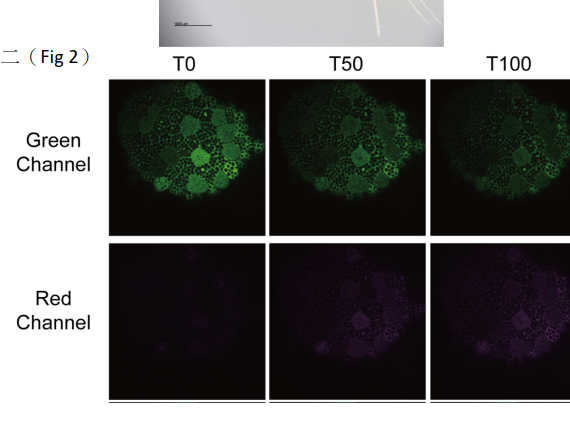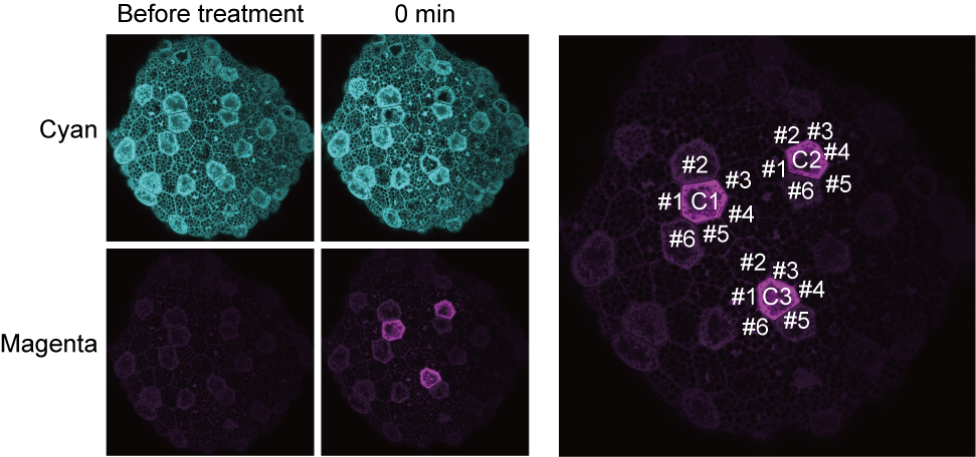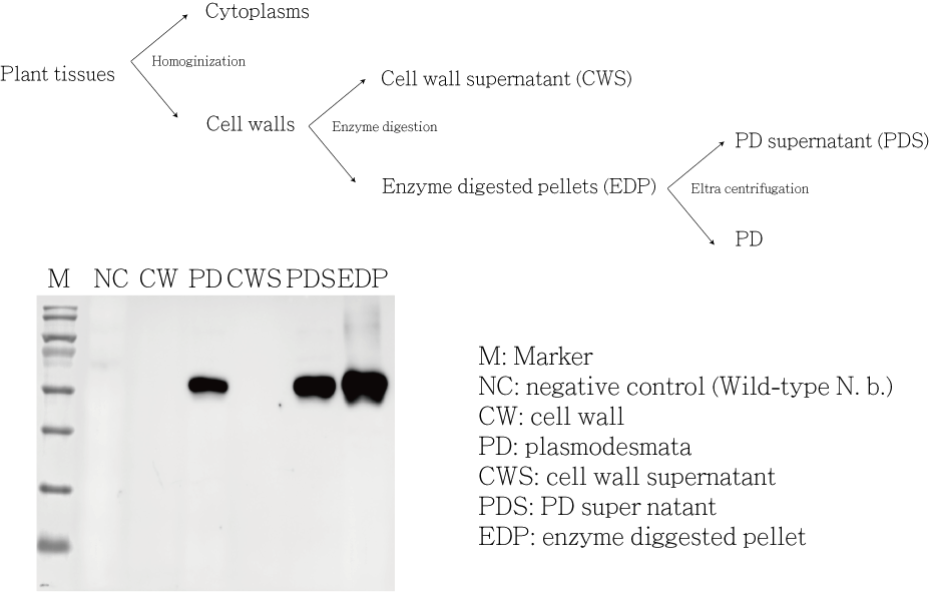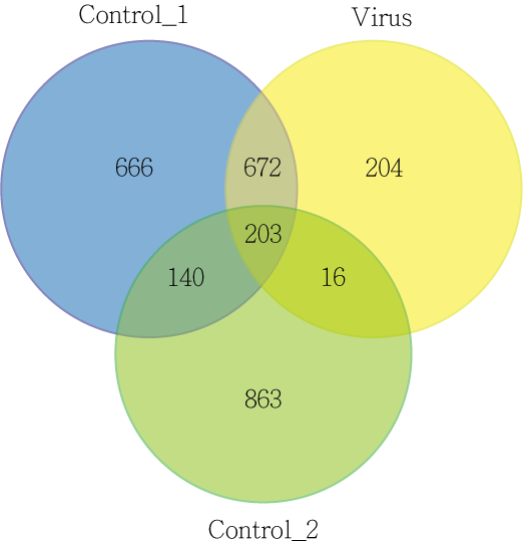Program Results
2022 Annual report of Yushan Young scholar Dr. Kuan-Ju Lu
Introduction to the event
Plant cells are entrapped in walls, how do they communicate? We will use molecular biology, biochemistry, and imaging analysis to explore this important issue.
A. We tested the PD dependent protein transport property by using histological staining, photo-convertible fluorescent protein and particle bombardment. Surprisingly, we observed very limited protein transport in Marchantia, comparing to the known mobility in vascular plants. We are currently dissecting the regulation of PD permeability in Marchantia to understand why the transport is less efficient in Marchantia.
B. We also set up a proximity biotin labeling system to investigate how viruses transport systemically through PD. We obtained about 200 candidates from the screening and will further explore whether these genes involve in the virus movement.
C. To zoom in the focus on the surrounding of PD, we further establish the PD isolation method. This method will be combined with the biotin labeling system to extrapolate how viruses manipulate PD permeability.
Fig 1: A 10-day-old Marchantia polymorpha plant

Fig 2: In Marchantia polymorpha, we observed a gradual increase of red fluorescence after the induction of conversion.

Fig 3: Single-cell photo-conversion. Photo-conversion was induced in three different Marchantia epiderma cells. The fluorescent intensity changes in the induced cell and the surrounding cells were measured to determine the movement of fluorescent proteins.

Fig 4: The PD isolation procedure. We observed signals of our target protein in the western blot analysis only after the cell wall digestion.

Fig 5: Protein identified by mass spectrometry after biotin labeling. We will survey through the virus only genes for further analysis.